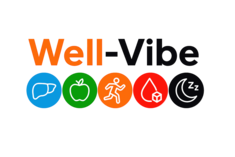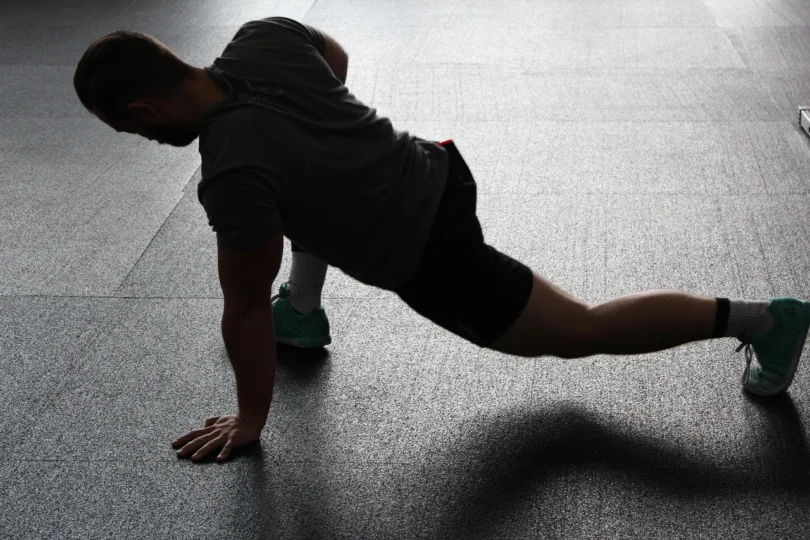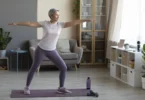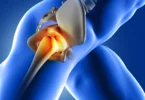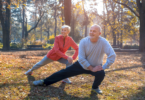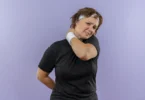Do you remember when not leaving bed needed a plan? When cross-leg sitting on the floor wasn’t a stereotype yoga pose? If you’re over forty, your hips are probably giving you fairly loud messages as of late. The way your lower back complains after a long day, the way your hips struggle to stand up from your workstation, or the way you can’t quite make the stairs like you used to – all of this isn’t just a side effect of ‘getting older.’ All of this is your body requesting what desperately it needs: regular hip stretch routines that can actually change the way you move through your day.
I winced with every exit from my car, my hips stiff in protest after even brief drives. The truth landed during my daughter’s soccer game when I couldn’t sit for ninety minutes straight on the bleachers without fidgeting. That’s when I knew that neglecting my hip mobility wasn’t only hindering my comfort – it was constraining my life
Why Your Hips Hold the Key to Everything
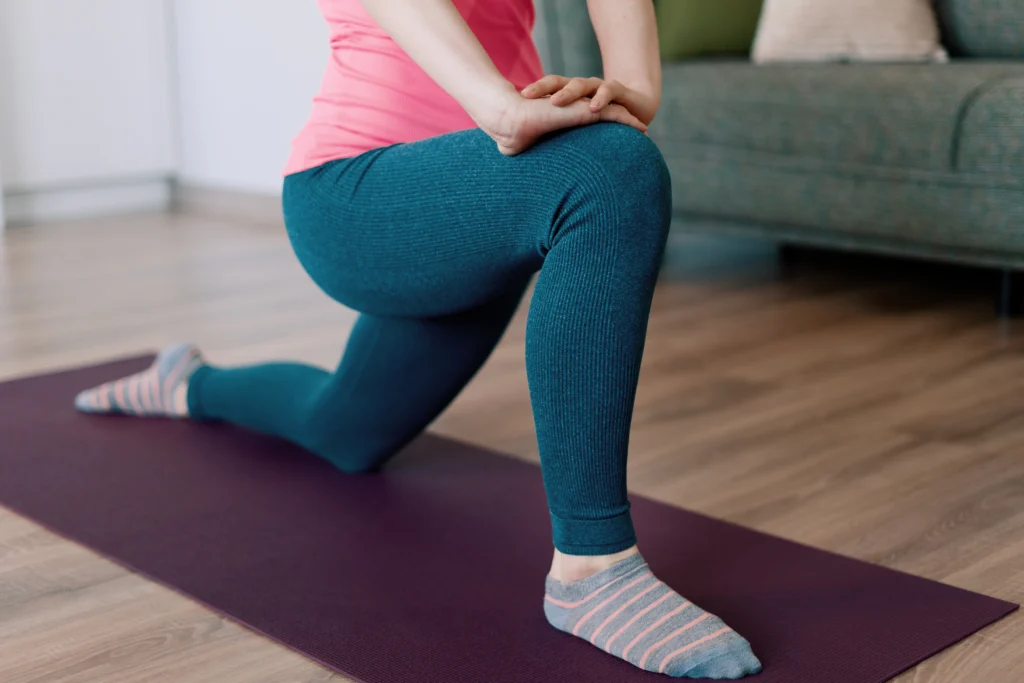
Your hips are not just joints, by the way. They are the epicenter of your entire movement system. Imagine them as the grand central station of your body, the origin of every step, every turn, every bend. When your hips are tight, the rest of you will compensate, leading to a cascade of tension that flows through your entire system.
The contemporary way of living we’ve adopted – hours of sitting, little varied movement, tension caused by stress – has pretty much conditioned our hips to remain rigid in one place. But this is what gives me hope, and what should give you hope as well: your body is remarkable for its ability to adapt and get better, no matter your age., regardless of your age
Take the following facts from recent studies:
• Research in the Journal of Physical Therapy Science indicates that long periods of sitting cause an increase in hip flexor tightness up to 30%
• Research in PMC (PubMed Central) shows that dynamic stretching can contribute positively to the hip joint range of movement for a period of up to 60 minutes following the intervention in older adults
• A systemic review in the open journal Sports Medicine identified a number of different techniques of stretching that all increase joint range of movement, with particular advantages for hip mobility
The Reality of Hip Flexibility Beyond 40
Let’s talk about the elephant in the room. Yes, our bodies do change as we get older. Our fascia loses its suppleness, our joints can be stiffer, and our recoveries do take longer. But that does not condemn us to a lifetime of aching and limitation.
Studies continually indicate that regular mobility and flexibility exercise can make a considerable enhancement in the range of movement and the alleviation of pain even in persons over the age of 40. According to a Journal of Aging and Physical Activity article, subjects who kept up regular flexibility training had remarkable improvements in hip mobility and noted reduced lower back pain after only eight weeks.
The reason hip stretch is so effective is because it targets numerous problems at once:
• Reduces lower back pain by facilitating proper pelvis alignment
• Enhances blood flow to portions that tend to be chronically constricted
• Improves quality of sleep by relaxing physical tension
• Increases one’s confidence since movement is now smoother and easier
• Avoids future harm through a proper balance of movement
Simple Hip Stretches to Do Now
The elegance of efficient hip stretching is its simplicity. There is no need for expensive gear or hours. You require consistency and the appropriate method for the needs your current body requires.
Morning Hip Awakening Routine
Begin your day by gently waking up your hips. These stretches are only a brief nine minutes long, yet they determine the tone that your body is in for the rest of the day:
• Figure-4 stretch in bed – even when you are still in bed
• Slow hip circles alongside your bed
• Modified pigeon pose with the support of your bed
Desk Break Hip Stretch Routine
Take a break from sitting every two hours with these easy-on-the-hips movements:
• Hip flexor stretch with your chair for balance
• Seated spinal twist for hip rotator release
• Standing Figure-4 for Deep Hip Opening
The trick is to make hip stretch a given in your daily routine, as much a part of your routine as brushing your teeth.
Food that helps you recover

Your hip mobility approach should not be a solitary one – the foods you consume contribute significantly to supporting flexibility and alleviating inflammation. Foods with anti-inflammatory compounds like fatty fish (mackerel and salmon) supply you with the omega-3 fatty acids that help mitigate joint inflammation, and greens like spinach and kale contain antioxidants that battle oxidative stress. Berries rich in anthocyanins are beneficial for connective tissue health, and turmeric and ginger, which are natural anti-inflammatory agents, can help relax muscle tension. Do not forget that bone broth is rich in minerals such as collagen that feed the joint architecture. All of these foods act synergistically to promote an internal setting that facilitates your hip stretch and leads to faster healing.
Workout Routines That Complement Hip Stretching
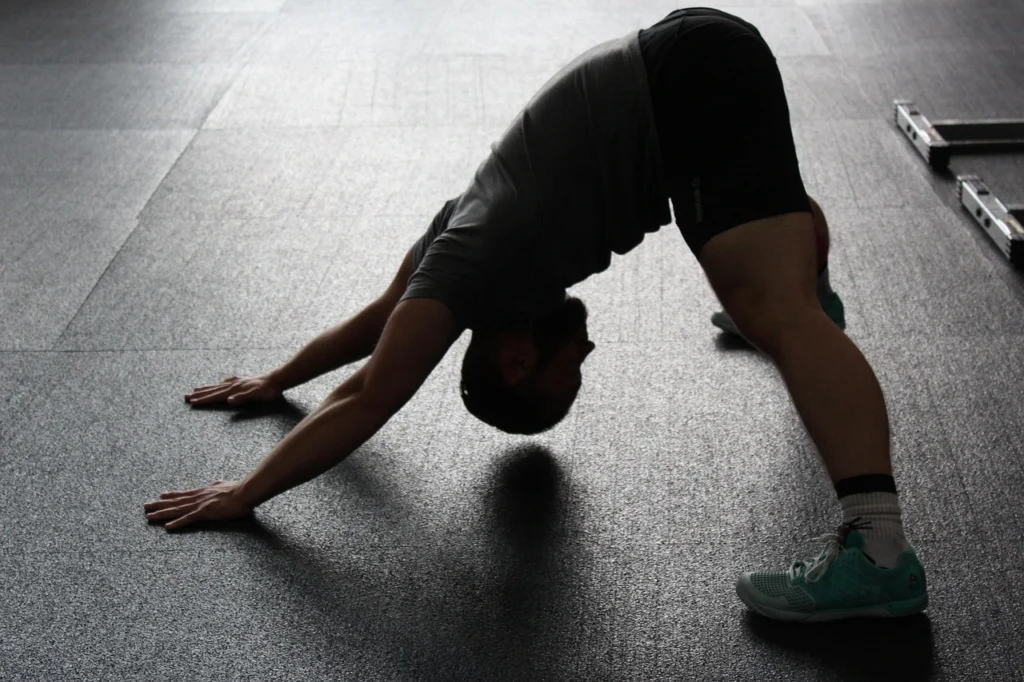
The most effective method for hip mobility is to pair your hip stretch routine with complementing workout routines that enhance overall joint health. Low-impact cardio such as walking or swimming inspires circulation without putting stress on the joints, and glute and core muscle strengthening gives your hips the stability to move easily. Yoga or Pilates provide integrated movement designs that increase flexibility through functional ranges of movement, and including daily activities as exercise helps transfer your enhanced mobility to every-day movement.
The American Council on Exercise shows through research that the combination of flexibility training and strengthening maximizes synergistic reactions that outweigh the benefits of a single method – the objective is not to be an Olympic athlete, just to establish a sustainable routine that enhances your body’s inherent healing mechanisms.
Breaking the Mental Barrier
Maybe the biggest challenge isn’t physical – it’s psychological. We all have limiting assumptions about what is possible for our bodies at this phase of life. We’ve conditioned ourselves with messages about “slowing down” and “accepting limitations” that are not true.
I’ve treated so many people who assumed their hip tightness would be a long-lasting condition, only to find incredible changes in a matter of weeks of regular practice. Your body is designed for mobility and comfort, not for suffering. We sometimes just need to be reminded how to hear what it’s telling us.
The process is not always going to be smooth. There will be days when your hip stretch routine will be perfect, and there will be days when it will be tough. It is okay, and it does not necessarily indicate you are not progressing
Making Hip Stretch a Lifestyle, Not a Chore
The most successful individuals I’ve met do not treat hip stretching as an add-on to their to-do list. They’ve made it a part of their lives in a way that is sustainable and authentically integrated:
• Stretching during evening TV viewing rather than passively watching
• Walking during meetings whenever possible to maintain hips active throughout the day
• Utilizing household objects such as counters and stairs for support when performing stretches
• Incorporating family members in light stretches during family bonding sessions
The evidence supporting the need for hip mobility is increasing. Research in the International Journal of Sports Physical Therapy reveals that hip mobility is directly related to overall functional movement and quality of life measures. The Mayo Clinic’s studies regarding aging and exercise continually stress that the health of the hips is one of the most critical factors in maintaining independence with advancing age.
Your Next Steps Forward
Your process with hip stretch need not be complicated or daunting. It’s best to do it in small steps, consistently, and by honoring your body. Each subtle stretch, each extension of mobility, and each day with decreased stiffness is a triumph to be celebrated.
Take this as your permission to put your comfort and mobility first. Your future version of you – the one who can move with more ease, sleep more soundly and be comfortable in their body – is relying on your decisions now.
Ready to change the way your body feels? Begin with only five minutes of hip stretches tomorrow morning. Your hips, your back, and your overall health will appreciate it. Spread the word to others who can use this journey – because to move well is a gift we can all share with each other, no matter our age.
Join our community here for weekly science-backed health tips, free meal plans, and carefully curated product recommendations delivered straight to your inbox!
Disclaimer:
This blog post is for informational purposes only and is not intended as medical advice. Always consult with a qualified healthcare professional before making any changes to your diet, exercise routine, or healthcare plan. The information provided is based on personal research and experience and may not apply to everyone
